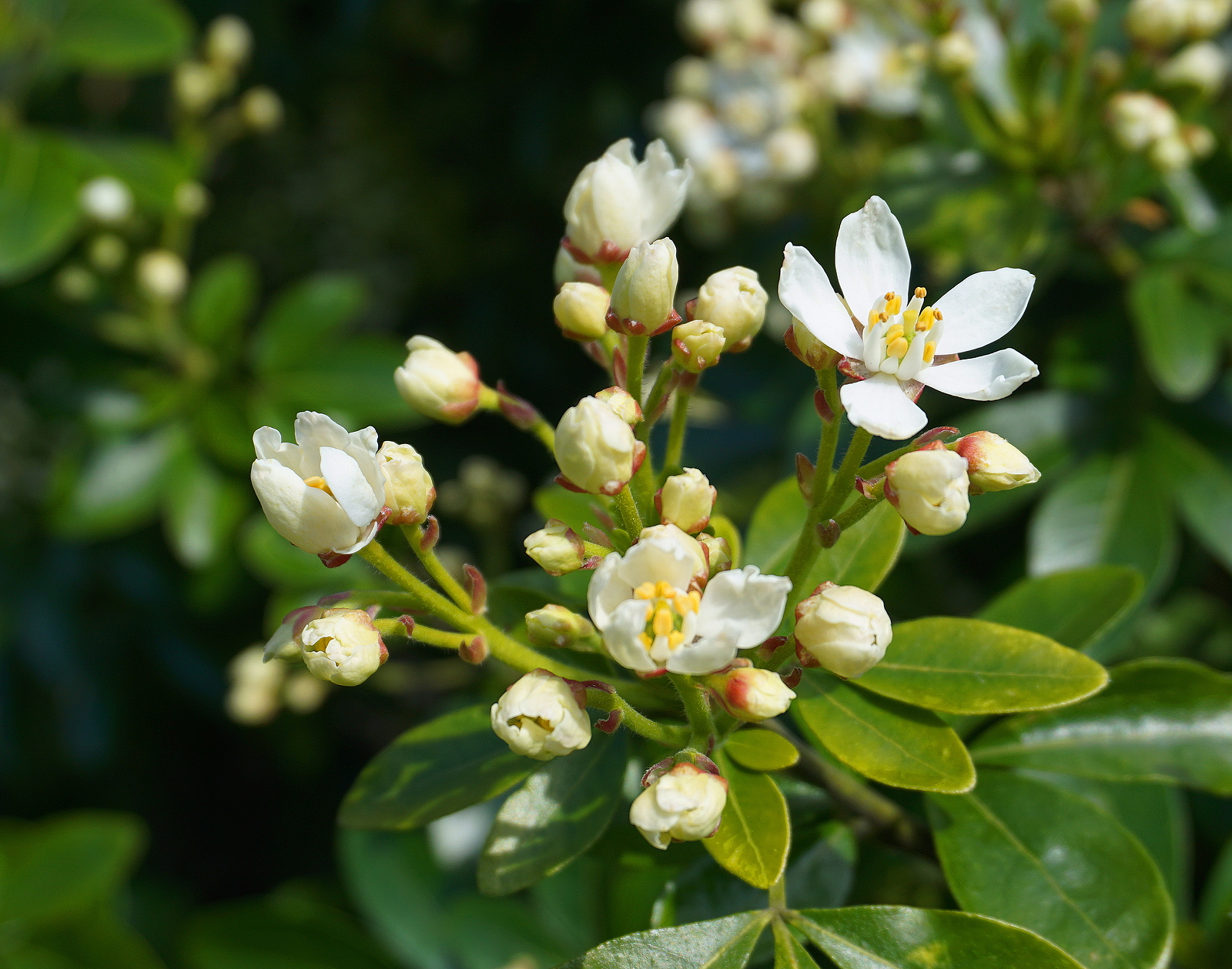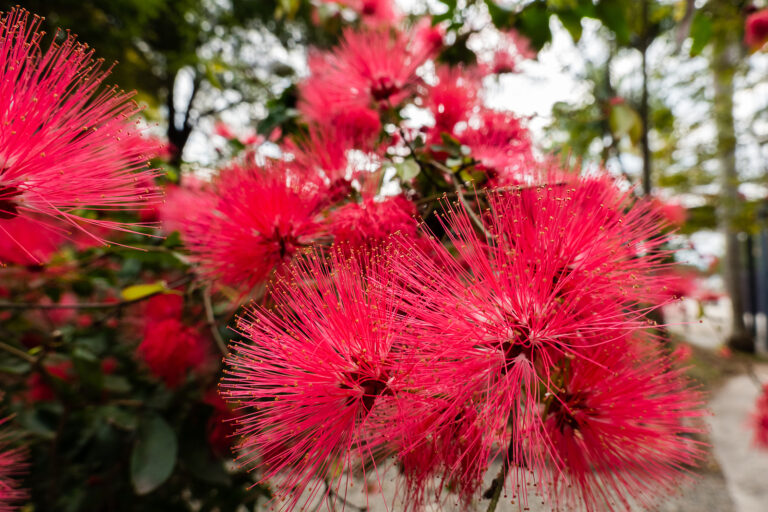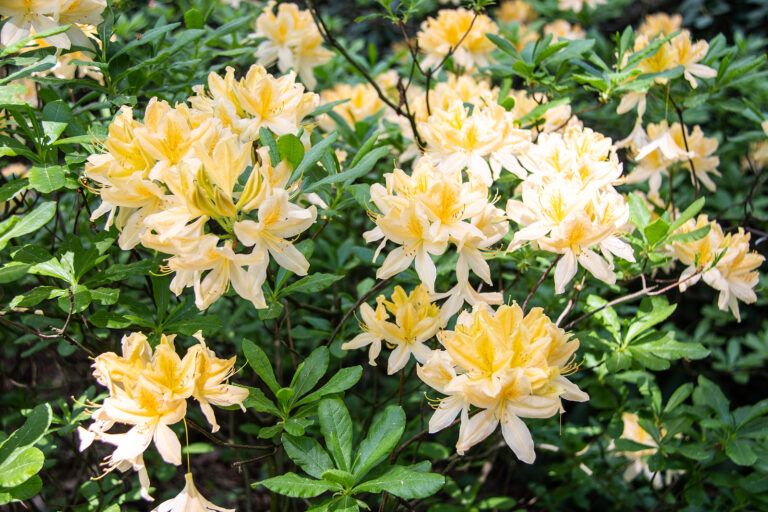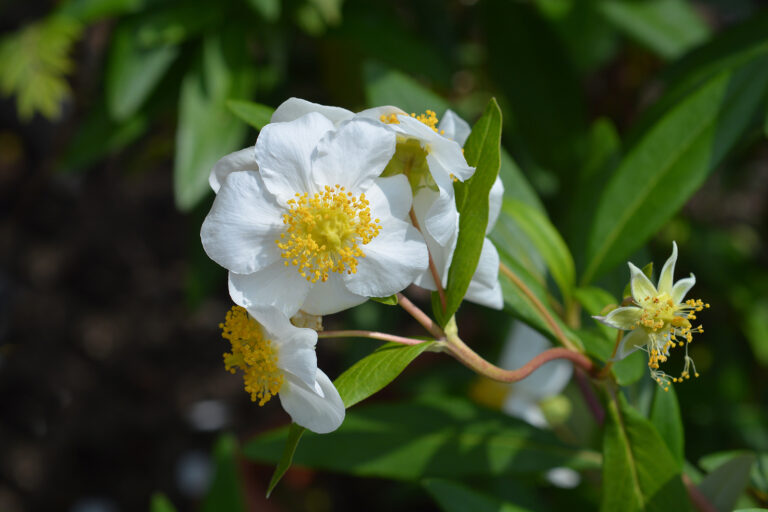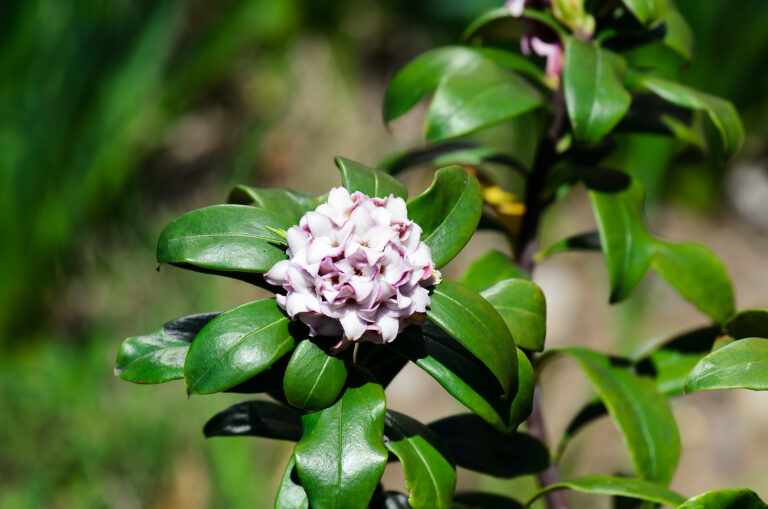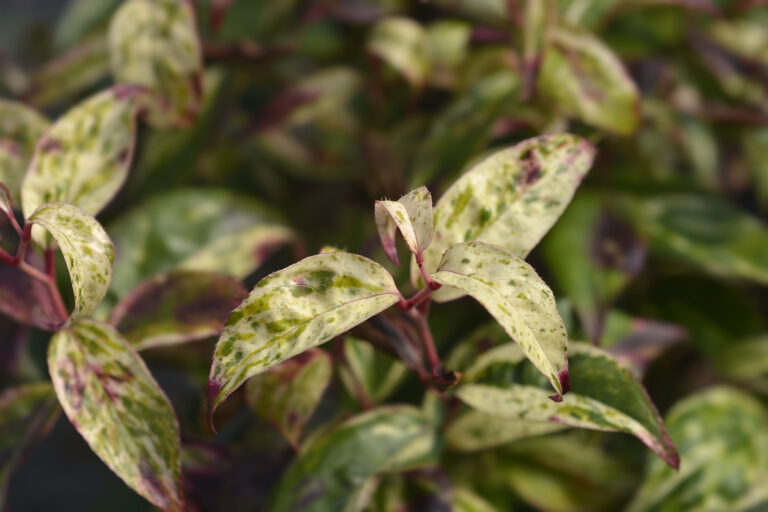How to Plant and Grow Choisya
Choisya, commonly known as Mexican orange blossom or Mexican mock orange, is a versatile evergreen shrub highly valued for its fragrant white flowers, glossy green foliage, and ability to thrive in various garden settings. It is part of the Rutaceae family and originates from Mexico, making it well-suited to warmer climates, though it can tolerate colder temperatures too.
Its adaptability and evergreen nature make Choisya a practical yet stylish choice for various garden designs. Growing Choisya (Mexican orange blossom) is relatively easy, as it’s a hardy, low-maintenance shrub.
Choisya Key Features
- Foliage: Choisya has striking, glossy, green, or yellowish (depending on the variety) trifoliate leaves, which remain vibrant year-round.
- Flowers: In spring (and often again in autumn), it produces clusters of star-shaped, fragrant white flowers that resemble orange blossoms. The blooms have a sweet citrus scent.
- Size: Choisya can grow up to 6-8 feet in height and spread, though some dwarf varieties stay smaller.
- Growth Habit: It has a rounded, bushy shape with dense, attractive foliage, making it ideal as a feature or screening shrub.
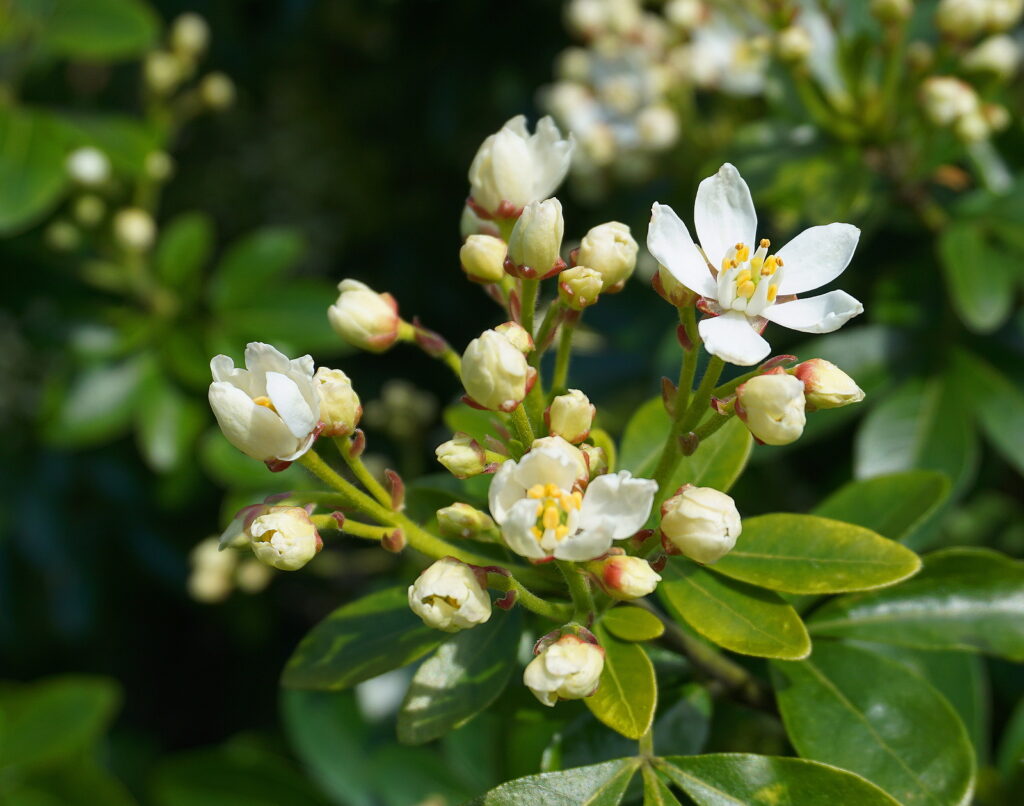
How to Use Choisya in the Garden
- Hedging and Screening: Choisya is perfect for hedges or privacy screens due to its dense, evergreen foliage. It can be pruned to maintain a formal shape.
- Borders and Flower Beds: It can serve as a striking backdrop in mixed borders, especially when planted alongside other flowering plants. Its dark green leaves provide contrast, while its flowers add seasonal interest.
- Container Planting: Compact varieties can be planted in containers for patios or small spaces, offering year-round color and fragrance.
- Cottage or Mediterranean Gardens: Its soft, citrus scent and delicate flowers make it ideal for cottage-style or Mediterranean-themed gardens where it can blend with lavender, rosemary, and other aromatic plants.
- Attracting Pollinators: The fragrant blooms attract bees, butterflies, and other pollinators, making it a good addition to wildlife-friendly gardens.
- Low-Maintenance Landscaping: Choisya is drought-tolerant once established, requiring minimal care and thriving in sunny to partially shaded areas. It suits low-maintenance landscapes beautifully.
Choisya Companion Plants
- Lavender and Rosemary (for a Mediterranean feel)
- Hostas and Ferns (in shaded borders)
- Roses or Clematis (to complement the white blooms)
Where to Plant Choisya
- Light: Choisya prefers full sun to partial shade. In hotter climates, some afternoon shade can prevent leaf scorch, but it will tolerate more shade, though flowering may be reduced.
- Soil: Choisya thrives in well-drained soil, but it can tolerate a range of soil types, including sandy, loamy, or clay soils. Ensure the soil isn’t waterlogged, as that can cause root rot.
- Space: Allow space for it to grow to its mature size. For smaller gardens, consider dwarf varieties such as Choisya ‘Aztec Pearl’.
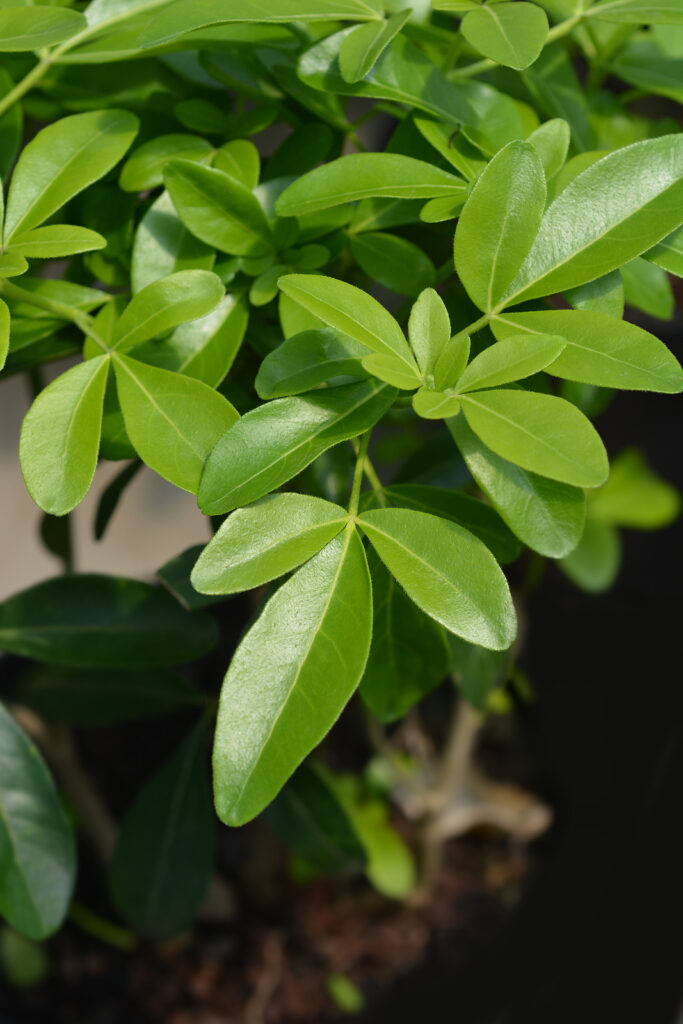
Planting Choisya
- Timing: The best time to plant Choisya is in spring or autumn, when the weather is mild, giving the shrub time to establish before extreme heat or cold.
- Digging the Hole: Dig a hole twice as wide as the root ball and about the same depth.
- Planting: Place the plant in the hole so that the top of the root ball is level with the surrounding soil. Backfill with soil and gently firm it down.
- Watering: Water thoroughly after planting to settle the soil around the roots.
Caring for Choisya
- Watering: Water regularly during the first growing season to help establish a deep, extensive root system. Once established, Choisya is quite drought-tolerant and only needs occasional watering during prolonged dry periods.
- Mulching: Apply a 2-3 inch layer of organic mulch (such as compost or bark chips) around the base of the plant to help retain moisture and regulate soil temperature. Keep mulch a few inches away from the stems.
- Fertilizing: Choisya generally doesn’t need much fertilizer. However, if your soil is poor, you can feed it with a balanced slow-release fertilizer in spring.
Pruning Choisya
- Timing: Prune Choisya after flowering, usually in late spring or early summer, to encourage new growth and a second round of flowering in autumn.
- Method: Remove dead or damaged branches and lightly trim the plant to maintain its shape. Choisya responds well to pruning and can be cut back hard if necessary to rejuvenate an overgrown plant.
Choisya Pests and Diseases
- Pests: Choisya is generally pest-resistant, but keep an eye out for aphids or spider mites, especially in hot, dry conditions. Spray with insecticidal soap if necessary.
- Diseases: The plant is also resistant to most diseases but can suffer from root rot in poorly drained soil. To prevent this, ensure the plant is in well-drained soil and avoid overwatering.
Overwintering Choisya
- Choisya is frost-hardy in many regions, but if you live in an area with harsh winters, mulch the base of the plant in late autumn to protect the roots. For extra protection, cover the shrub with horticultural fleece during extremely cold spells.
Choisya Propagation
- From Cuttings: Choisya can be propagated by semi-hardwood cuttings taken in summer. Cut a healthy, non-flowering shoot about 4-6 inches long, dip the cut end in rooting hormone, and plant it in a pot of well-drained compost. Keep it moist and in a sheltered spot until roots form.
With its fragrant flowers, evergreen leaves, and low-maintenance nature, Choisya can be a rewarding shrub for various garden settings.

